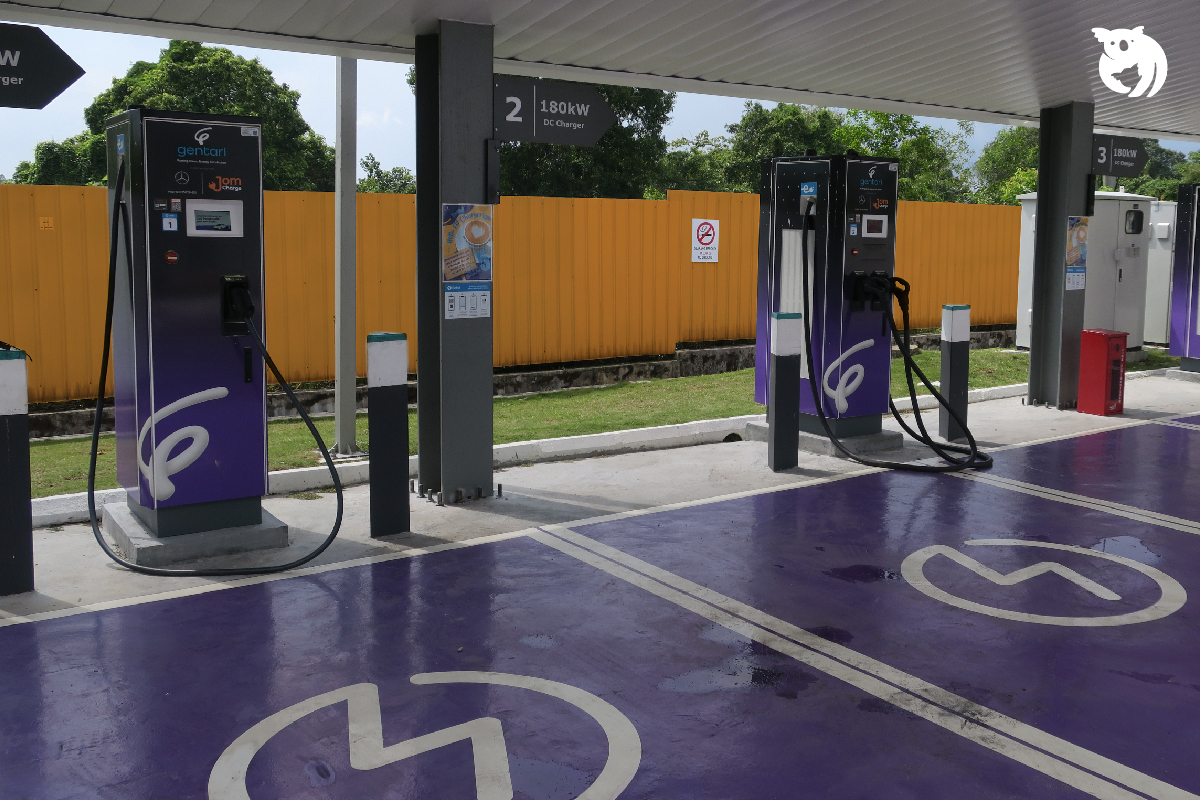EPF savings, also known as Employee Provident Fund savings, is a scheme launched by the government in 1991 to assist individuals in saving money for their retirement years, during which most people are no longer able to work.
EPF Savings in the Time of Pandemic
EPF Savings or funds from the Employees Provident Fund (EPF) are contributed by employees and their employers in a specific amount. At the age of 50, Malaysian citizens and permanent residents are allowed to withdraw up to 30% of their savings, and at the age of 55, they can withdraw their savings in full. Full withdrawals can also be made if EPF members migrate or become incapacitated.
It is well known that EPF allows its contributors to make withdrawals from Account 1 through i-Sinar, which was introduced in January 2021. The maximum allowable amount for this withdrawal is RM60,000.
The main reason for allowing this withdrawal was to assist individuals affected by the Covid-19 pandemic that has affected the world. According to Berita Harian, over 800,000 people have lost their jobs since the outbreak of Covid-19.
Through this initiative, a total of RM52.48 billion from EPF Savings has been credited to contributors’ accounts. There have been various responses since this announcement was made, both positive and negative.
Many experts feel that the withdrawal from EPF Account 1 should be the last option – one of them is Desmond Chong Kok Fei, Vice President of the Malaysian Financial Planning Council. He believes that this withdrawal is like a loan moratorium, which is only a temporary solution.
“If it cannot be resolved even after six months, what makes someone think that they can solve their income problems by withdrawing funds from Account 1?”
But what about survival before retirement?
Some argue that without initiatives like i-Sinar, they might not have been able to survive until retirement because they have lost their source of income.
Not content with i-Sinar, i-Citra was also introduced.
With the same motivation as i-Sinar, i-Citra was created to help individuals affected by the Covid-19 pandemic.
The amount that can be withdrawn is:
- Up to a maximum of RM5,000;
- Monthly payments will be made for up to 5 months;
- The amount of payment is RM1,000 per month or subject to the amount of remaining savings;
- The minimum payment is RM50 Leave a minimum balance of RM100 in Account 1;
- The amount of the eligible withdrawal is based on the member’s savings balance on the date the application is processed, after deducting any i-Sinar payments that will be received (if any)
In connection with this initiative, EPF approved 4.98 million i-Citra applications involving a total withdrawal amount of RM20.58 billion.
Looking at the total amount of EPF funds withdrawn, it is possible that many EPF contributors have only a small balance left in their respective accounts.
Severe Floods Hit Almost the Entire Country
As expected, every year, some states in Malaysia such as Kelantan and Terengganu will be hit by floods.
However, what was surprising in 2021 was that several areas in Selangor and Kuala Lumpur were also affected by this disaster unprepared. Homes, vehicles, and lives were lost in a very short period due to this disaster.
Not only that, crops and livestock were also destroyed due to the severe floods.
Following the floods, many were stuck in trying to find money to repair their homes and to cover the losses they faced when their sources of income were submerged in floodwater.
As a result, the government has stepped in to provide financial aid in the form of a one-off RM1000 flood assistance payment to households affected by the flood in places like Kuala Lumpur, Hulu Langat, Klang, Shah Alam, Selangor, Perak, Pahang, Kelantan, and Terengganu.
Victims do not need to fill out any application forms for flood assistance, and the payment of RM1000 will be arranged based on the list of recipients submitted by their respective District Offices or Local Authorities.
However, the question arises as to whether the one-off financial aid provided is enough?
“Right now, it’s very chaotic to think. Houses are damaged. Vehicles are gone. We have to buy furniture and electrical items again and rewire the house. I am also worried about the danger of being submerged for a long time.
“This is all concrete that has come off. There are many things to fix. If you are not in our situation, you won’t know how difficult it is for flood victims now.
“Where are we going to get the money? Even if we wanted to spend our own money, it’s difficult. We have to borrow here and there.”
The above is the lament of a flood victim in Shah Alam. Shah Alam is an area severely affected by floods.
“This is the first time residents in this area have faced a flood disaster. I myself did not expect to become a victim after living here for more than 32 years,” said Badarudin Dawam.
The former trustee of Masjid Al Ehsan Seksyen 24 Shah Alam is among hundreds of victims who were moved to a Temporary Placement Center (PPS) at Sekolah Kebangsaan Seksyen 24, Shah Alam, after the residential area there was flooded early this morning.
He said the disaster was frightening because the area had never been submerged in water before.
“It is a first-time experience for most residents here. Section 24 has never flooded, and this is the worst.”
“Fortunately, the water level is not too high, and residents were immediately moved to the school for safety,” he said.
Many have given their opinions and urged the government to allow the withdrawal of i-Citra funds from EPF to sustain their livelihoods. This takes into account the average cost of repairing a car damaged by water, which is around RM4,000, and some costs can exceed tens of thousands.
This does not include other damages to homes, electrical appliances, furniture, and various other needs to start a new life.
The fact is that the promised aid money for flood victims is said to be insufficient.
EPF Money: Government Has Given Financial Aid, No More i-Citra RM10,000, says PM
The government has no plans to allow the withdrawal of RM10,000 from the Employees Provident Fund (EPF) i-Citra scheme, despite being urged by several political leaders following the recent flood disaster.
Prime Minister Ismail Sabri Yaakob said this was because the government had already provided financial assistance to companies and individuals to ease their burden.
“If the reason for wanting to open a new business is because of being affected by the flood, TEKUN has already offered RM10,000, an interest-free and moratorium-free loan that does not need to be paid for a year.
“Bank Simpanan Nasional (BSN) will also provide a personal loan of RM10,000 for the purchase of basic household necessities, with no interest and a six-month moratorium,” he said.
“Hanya tinggalkan RM100” – Nearly 30 Percent of EPF Members Have Withdrawn Almost All of Their Account 1 savings
Almost 30 percent of Employees Provident Fund (EPF) members have withdrawn their retirement savings from Account 1 since the COVID-19 pandemic hit the country in March last year.
The CEO revealed this behind the success of the Employees Provident Fund (EPF) in providing relatively high dividends to its members despite facing various challenges in 2020.
“We found that many members’ savings have decreased, we believe that about 30 percent of them have withdrawn almost all of their retirement savings in Account 1. They only need to leave RM100 in the account as a requirement.
“We expect 60 percent of members to use money from Account 2. This account is to facilitate members to buy a house, pay for medical bills and education, and enhance their skills.
The EPF is also concerned about the risk of many individuals who do not have enough savings for their old age.
The Employees Provident Fund (EPF) is worried that the majority of contributors may face poverty in their old age due to COVID-19 withdrawals worsening their savings shortfall.
EPF Chairman, Tan Sri Ahmad Badri Mohd Zahir, said this not only harms individuals’ lives but also challenges the country’s socio-economic landscape and fiscal health.
He said that at present, 48 percent of EPF contributors under the age of 55 have EPF savings at a critical level.
He said this is an increase of 28 percent of EPF members who have very critical EPF savings compared to before the pandemic.
As of October 31 last year, a total of RM101.1 billion in EPF funds was withdrawn under the i-Lestari, i-Sinar, and i-Citra schemes.
This is 22 percent of the government’s RM530 billion stimulus program to help Malaysians as a whole.
Regarding the sufficiency issue, Ahmad Badri said that social protection is a human right for all, covering all forms of work, whether formal or informal.
“Basically, only three out of 10 adults in Malaysia are covered by social protection such as government pension schemes and EPF protection.
“We see that only 7.5 million out of the current working-age population of 23.5 million reside in this country.
“This pandemic has also changed the employment landscape towards informal employment. The increase in self-employed and informal workers is expected to rise from 5.7 million currently to 8.8 million in 2040,” he said.
In addressing savings sufficiency and retirement income, he said the country needs a comprehensive solution, including effective safety net programs, comprehensive social life cycle protection systems, labor market policies and steady wages, sustainable economic growth, reskilling and upskilling the workforce, as well as policies promoting automation and digitalization to enhance productivity.
“In this context, the EPF wants to contribute to improving the welfare of the people. We strongly support the government’s Bajet 2022 initiative to expand the i-Saraan program by including those aged 55 to 60.
Conclusion
This issue poses a dilemma for a government committed to helping its people by allowing them to withdraw their EPF savings, but at the same time unwilling to let the people suffer during their retirement years due to the lack of savings to use.
For the people, although they are aware of the situation that awaits them during their retirement years, they have no choice but to withdraw their savings to be used today to help them ‘release’ themselves from the shackles of debt and all types of expenses during these difficult times.
This also creates a conflict between the people and the government, which is likened to a situation where the mother is swallowed alive while the father is spit out.
If you are looking for the best and most comprehensive home insurance for you, visit Qoala’s website for more information. Qoala is an insurance platform in Malaysia that provides various types of insurance with guaranteed safe, affordable and easy insurance purchase processes.

 EN
EN
 MY
MY








